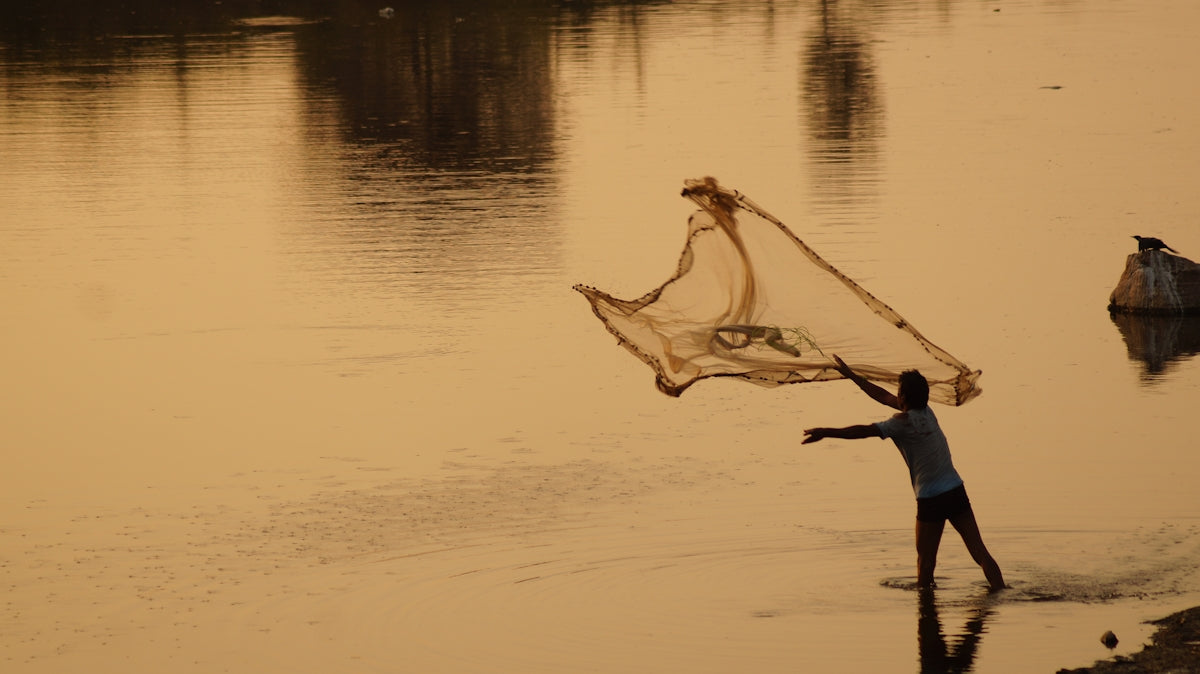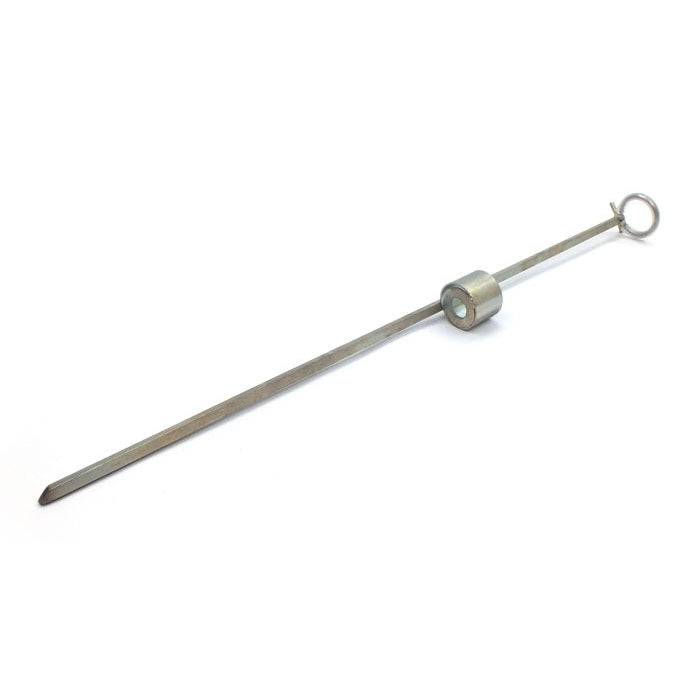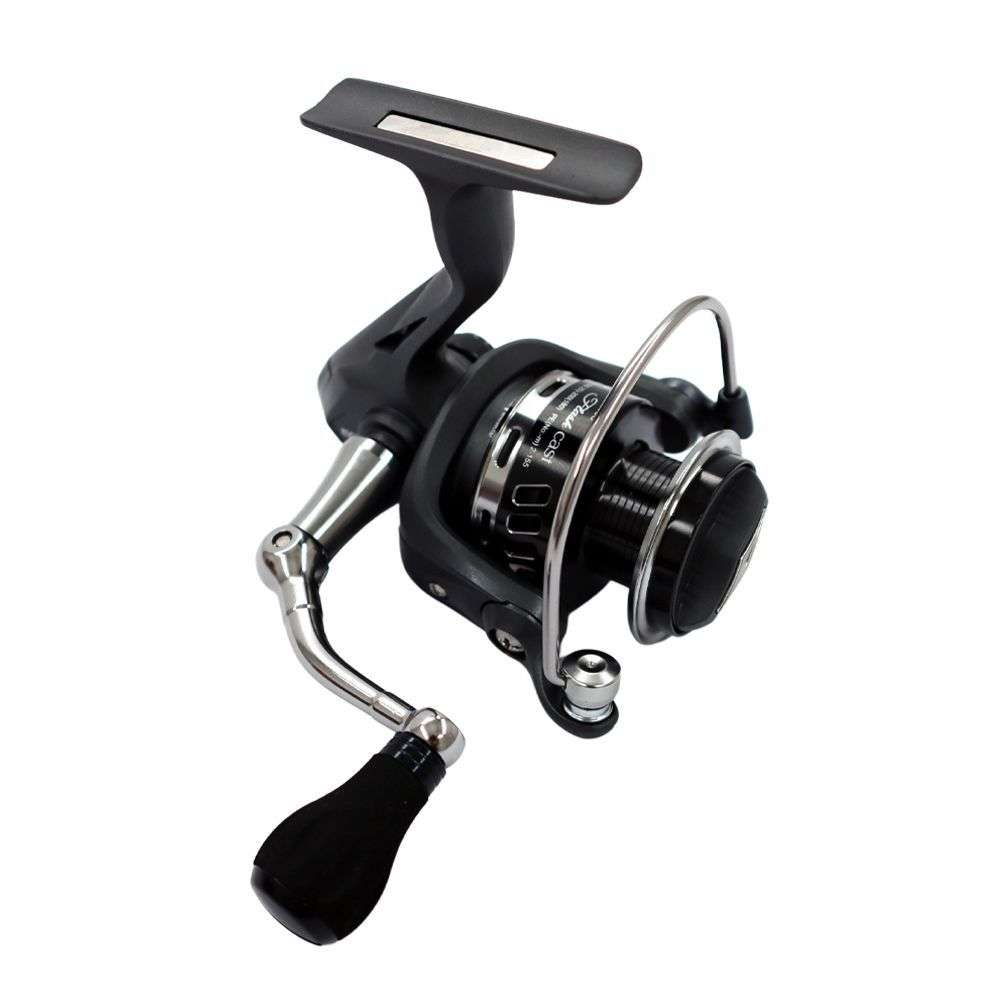Jigging Reels for NZ & Pacific Islands – The Essential Guide
6 products
Showing 1 - 6 of 6 products
Jigging Reels for NZ & Pacific Islands – The Essential Guide
If you’re chasing offshore targets in New Zealand and across the Pacific Islands, a high-performance jigging reel is a must-have. Whether you’re working deep-water vertical jigs, slow-pitch techniques or aggressive speed-jigging, the right reel can make the difference between a lift and a landed fish. This guide covers what to look for in a top-tier jigging reel, why it matters in NZ/Pacific waters and how to pick gear that will deliver when the action is on.
Why a Dedicated Jigging Reel is Vital in NZ & Pacific Waters
Jigging in New Zealand waters, or around the Pacific Islands, presents unique demands: steep drop-offs, strong currents, aggressive species (kingfish, tuna, snapper, pelagics) and long sessions. According to local guides, “specialist gear and tackle is required to get the best results” when jigging. NZ Fishing World+2The Fishing Website+2 Key reel features ensure you’re not fighting gear limitations instead of fish.
For instance:
- Narrow spool profiles favour braid and reduce torque/wobble when working jigs deep. NZ Fishing World+1
- Smooth, high-capacity drags that maintain pressure over extended fights against strong fish. The Fishing Website+1
- Durable, salt-water tough construction—frame, bearings, seals—all matter when you’re working offshore in harsh conditions. The article about the Okuma Tesoro 2000 states it’s “engineered … to handle the highest drag forces while ensuring long-term durability, even under the most extreme pressure.” Boating New Zealand
Key Features to Look For in a Jigging Reel
1. Size & Weight
Comfort matters: for hours of lifting and retrieving heavy jigs, a too-heavy reel will tire you quickly. A quality slow-pitch jigging reel target weight range is around 370–480 g. Oceans Legacy New Zealand
2. Drag & Retrieve Ratio
For deep jigging you may prefer moderate gear ratios (4:1 to 5:1) which offer steady power when hauling big fish. Speed-jigging might benefit from faster ratios (5.5:1 to 6.5:1+). The Fishing Website
3. Narrow Spool Design
A narrower spool helps braid lie neatly, reduces wobble when retrieving, and improves balance. NZ Fishing World+1
4. Build & Sealing
For NZ and Pacific saltwater use you want sealed drag systems, strong frames (machined aluminium, corrosion resistant), and hardened gears. The Tesoro 2000 example: “rigid 6061-T6 machined aluminium frame … precision-machined gears … built for saltwater resilience”. Boating New Zealand
5. Power Handle & Ergonomics
With heavy jigs and big fish you’ll appreciate a solid power handle/grip and well-balanced reel to reduce fatigue. Oceans Legacy New Zealand
Jigging Reel Uses & Target Species in NZ/Pacific
- Deep-water vertical jigging: targeting snapper, bass, bluenose or deep-water species around seamounts.
- Speed-jigging / offshore pelagics: chasing tuna, kingfish, wahoo in fast-moving currents – a high-capacity reel designed for braid and heavy drag is essential.
- Slow-pitch jigging (SPJ): a growing method in the Pacific Islands and NZ where you work jigs slowly in current; reels here must be light enough for long sessions and offer smooth recoveries. Oceans Legacy New Zealand
Why Choose Quality Over Budget for the Pacific Region
You’ll often encounter strong currents, deep structure, hard-fighting fish and corrosive salt-water environments. One NZ guide warns that “the cheap and cheerful $299 set simply won’t cut it if you intend targeting hard-fighting kingfish.” NZ Fishing World Investing in a reel that handles the load, resists corrosion, and delivers smooth performance under pressure pays off in consistency, reliability and fewer gear failures.
SEO Keywords to Use
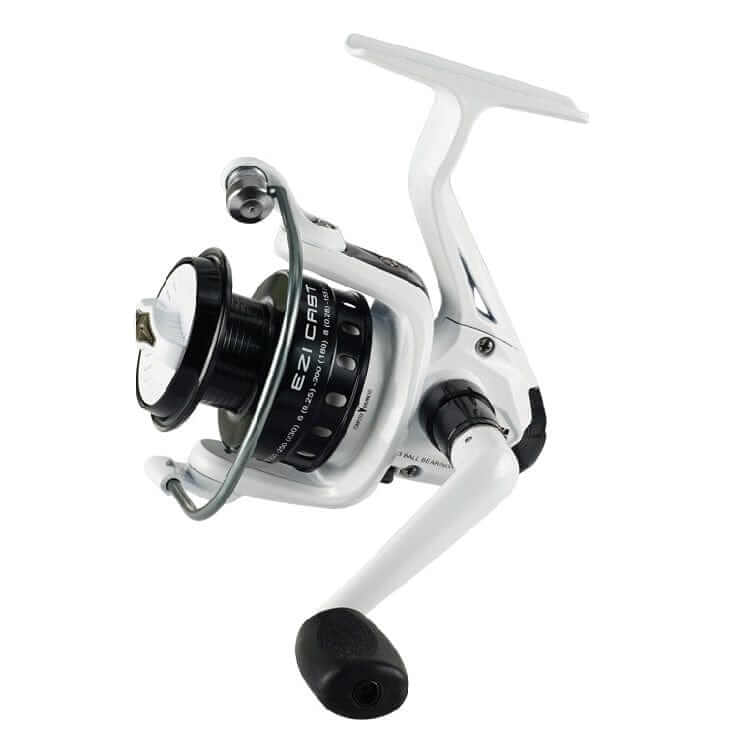
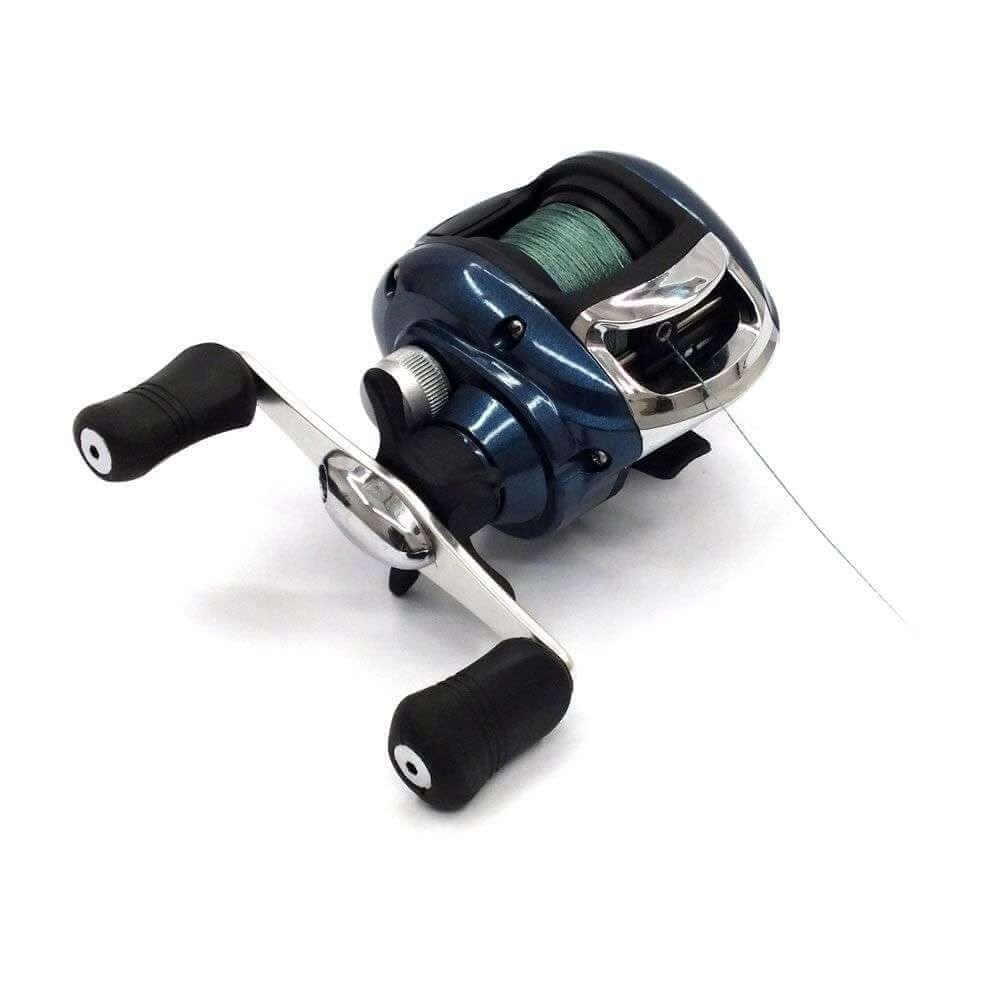
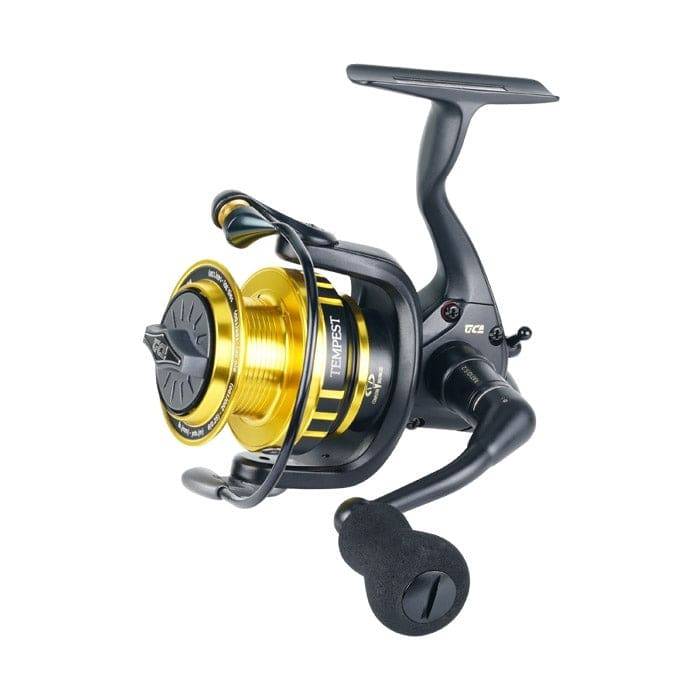
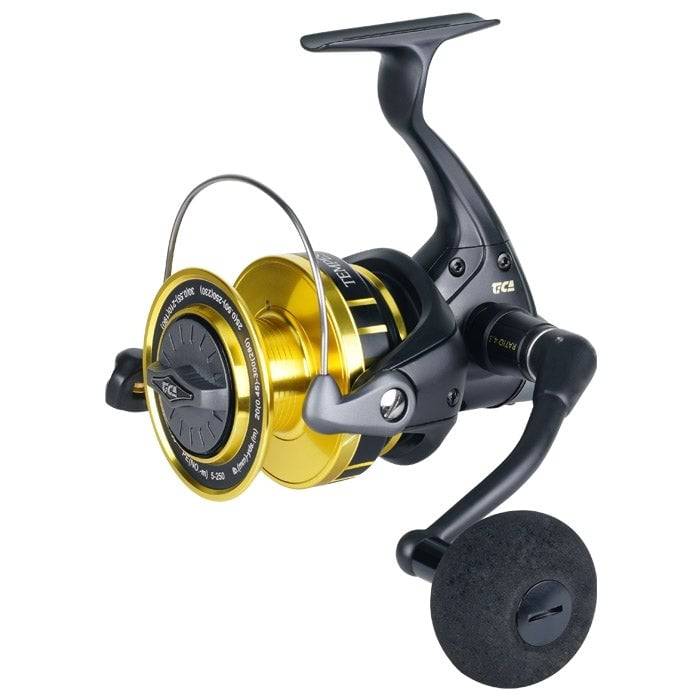
Recently viewed
Blog posts
View all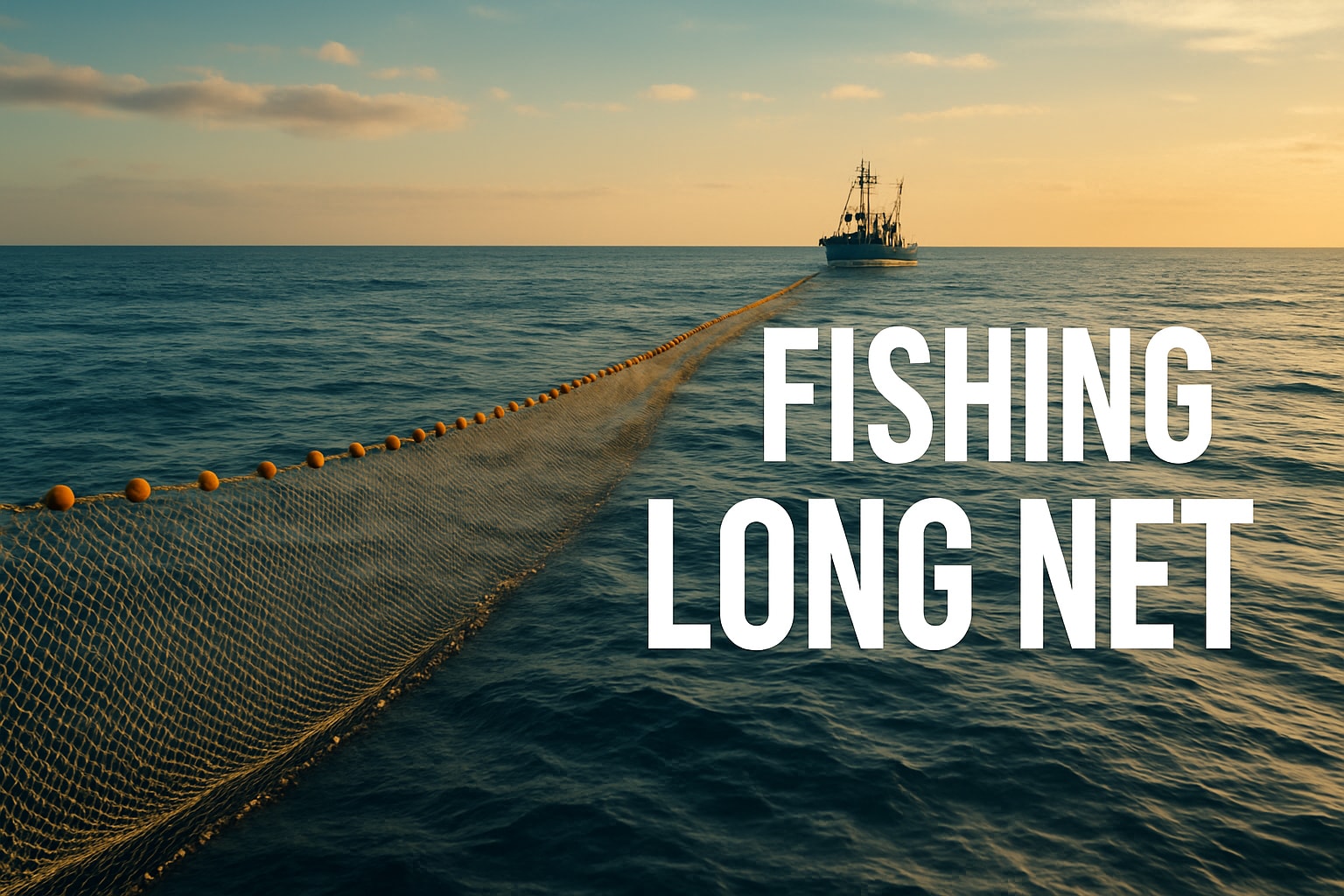
Fishing Long Net Guide: Expert Tips & Techniques for 2026
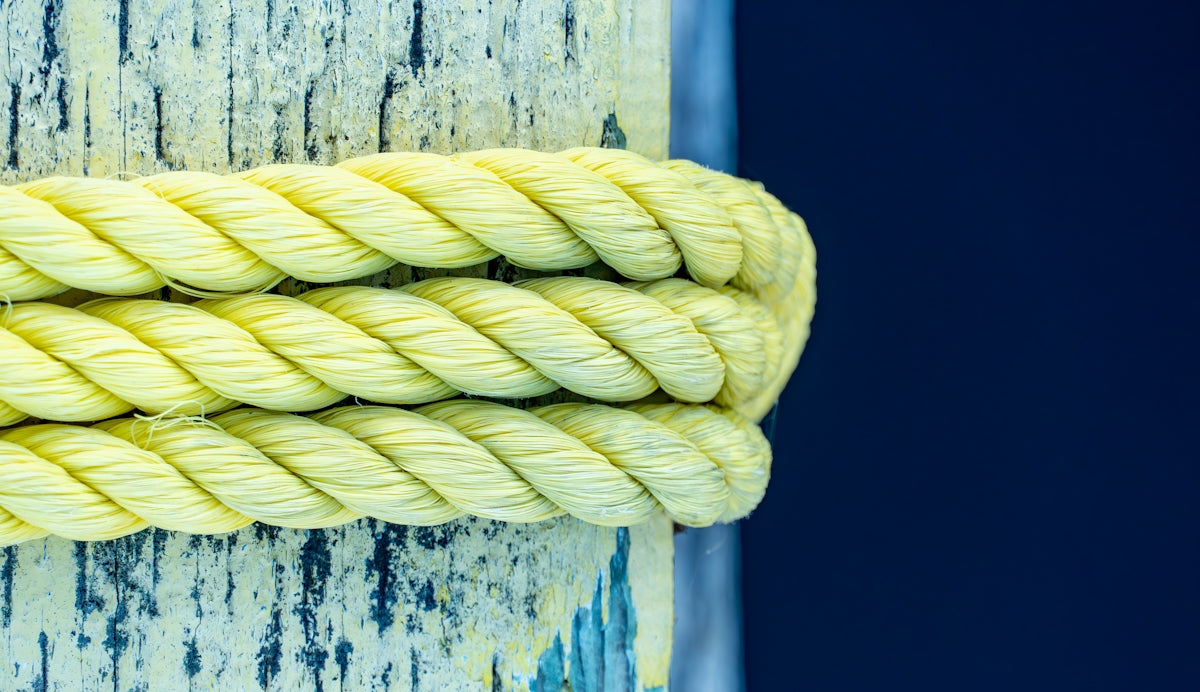
How to Choose the Right LITE LINE Rope: A Thickness Comparison
